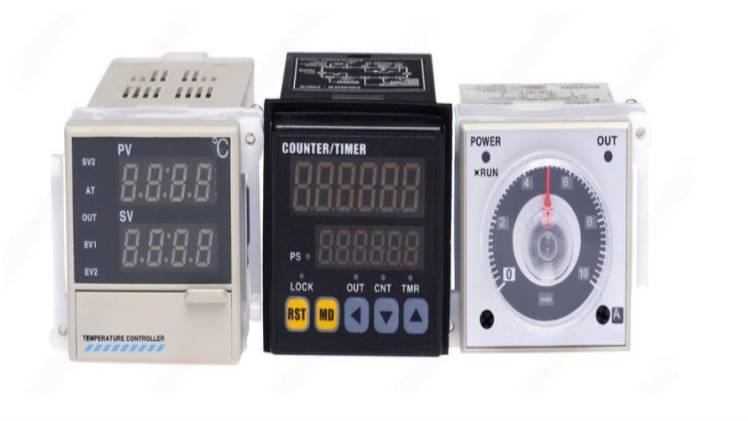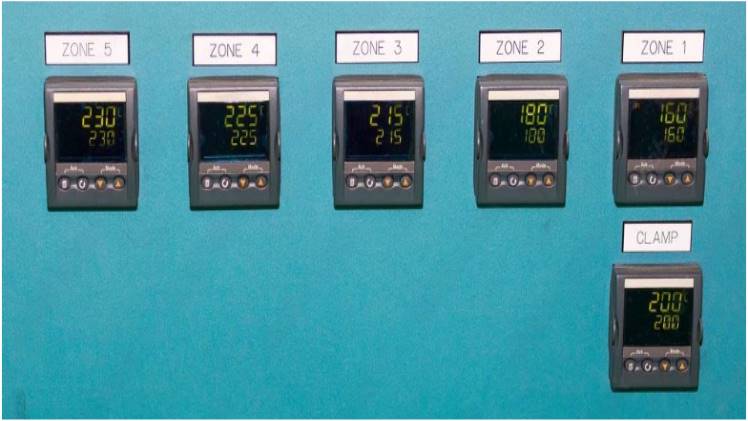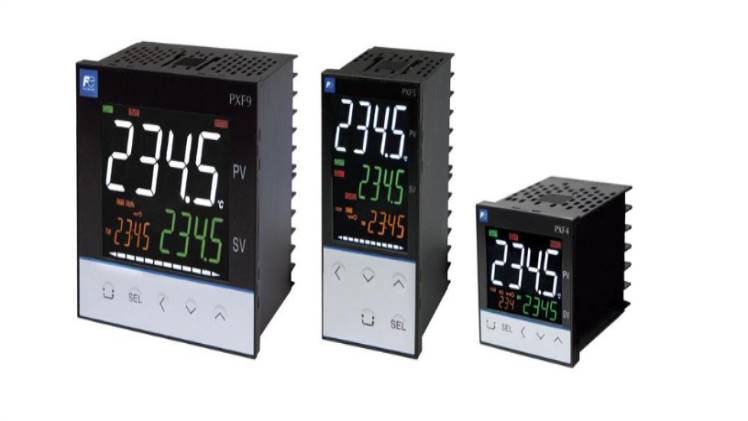
Today, it’s less about machines and more about smart system integration. Control systems are central to this, enhancing safety, efficiency, and quality in industries like oil refining and car manufacturing. A key component is the PID controller, an industry mainstay for its precision and adaptability. This blog delves into its significance in modern automation.
Basics of Control Systems
Control systems are indispensable in industries; ensuring processes run efficiently and consistently. They orchestrate various components, optimizing performance and minimizing errors, which is critical for maintaining product quality and safety standards.
There are primarily two types of control systems: open-loop and closed-loop. Open-loop systems operate based on a set of predefined inputs without considering the actual output. They’re simpler but can be less accurate. In contrast, closed-loop systems constantly monitor the output and adjust operations based on this feedback. This continuous feedback mechanism ensures that the system can adapt and correct itself, providing a more precise and reliable performance.
Feedback mechanisms, intrinsic to closed-loop systems, are pivotal in controlling dynamic processes. They provide real-time data on system outputs, enabling adjustments to be made, ensuring the desired outcome is maintained. This self-regulating nature of closed-loop systems is what differentiates them from their open-loop counterparts and makes them essential for complex industrial applications.
Understanding PID Controllers
PID controllers, a staple in industrial automation, stand for Proportional, Integral, and Derivative. These three components work in tandem to ensure accurate and stable control in dynamic systems.
Proportional: This component responds to the present error, meaning the difference between the set point and the actual process variable. The proportional response is directly proportional to this error. A larger error elicits a stronger system response and vice versa.
Integral: This focuses on the accumulated past errors. If the error has been present for an extended period, the integral component aims to counteract the accumulated offset by adjusting the control effort.
Derivative: Acting as a predictor, the derivative component responds to the rate of error change. By doing so, it provides a control action that counters rapid error changes, adding stability to the system.

Importance of PID Controllers in Industrial Automation
Key Advantages of Using PID Controllers
PID controllers are heralded for their simplicity and effectiveness. Their three-pronged approach—Proportional, Integral, and Derivative—enables them to address immediate, accumulated, and forecasted errors. This comprehensive error management ensures a consistent output, even in the face of varying input conditions or external disturbances. Their mathematical foundation is both robust and flexible, providing an optimal blend of responsiveness and stability in control applications.
Adaptability to Various Processes
One of the standout features of PID controllers is their adaptability. They’re not tied to a specific type of process. Whether its temperature regulation, fluid flow control, or speed adjustments in machinery, PID controllers can be tuned to fit various dynamic processes. Their flexibility is a boon in industries where processes might change or evolve, ensuring a consistent performance without necessitating a complete overhaul of the control system.
Stability and Precision
Stability in control systems is paramount, and this is where the derivative component shines. By anticipating rapid changes in error, it dampens potential system oscillations, ensuring stability. The proportional and integral components, on the other hand, work in concert to achieve the desired precision. They respond to both immediate discrepancies and accumulated errors, bringing the system output close to the desired set point consistently.
Versatility in Different Industries
From food processing to aerospace, PID controllers are everywhere. Their straightforward design, coupled with the ability to finely tune them, makes them suitable for a plethora of applications. In industries where both precision and reliability are essential, like pharmaceutical manufacturing or energy production, PID controllers remain a trusted choice.
Their ubiquitous presence across diverse sectors stands testament to their versatility and enduring relevance in industrial automation.

Implementation Steps
Preliminary Assessments
Before diving into PID implementation, it’s essential to comprehend the system’s intrinsic behavior. This means analyzing how the system reacts to changes, its time delays, peak responses, and steady-state errors. Understanding the system’s dynamics offers insights into potential challenges and allows for informed decisions when choosing the PID parameters, ensuring they align well with the system’s nature.
Choosing the Right PID Tuning Method
Various tuning methods are available, each with its pros and cons. popular methods include Ziegler-Nichols, Cohen-Coon, and trial and error. The choice depends on the specific system, desired response, and the available resources. Selecting an appropriate tuning method streamlines the implementation and boosts the overall system performance.
Establishing Feedback Systems
Feedback is the cornerstone of closed-loop control. For PID controllers to function effectively, a robust feedback mechanism is paramount. This involves choosing the right sensors that accurately measure the system’s output and relay it back. An effective feedback system ensures real-time error computation, enabling the PID controller to make necessary adjustments promptly.
Ensuring Proper Sensor and Actuator Integration
Sensors capture system outputs, while actuators drive changes based on the controller’s decisions. Ensuring these components integrate seamlessly is vital. This means selecting sensors and actuators that align with the system’s specifications, ensuring rapid data transmission, and minimizing any possible lags. Proper integration guarantees that the system responds timely and accurately to the controller’s commands.
Initial Testing and Iterative Fine-tuning
Once implemented, it’s imperative to test the system under various conditions to assess its behavior. Initial tests might reveal areas where the PID controller can be fine-tuned for better performance. Repeated testing and iterative adjustments ensure the system not only meets the desired specifications but also remains resilient against unforeseen disturbances or changes.
PID Tuning Methods
Trial and Error Method
As the name suggests, this method relies on intuition, experience, and repeated adjustments. Initially, the integral and derivative gains are set to zero. The proportional gain is then increased until the system exhibits a stable oscillatory response. Following this, the integral and derivative gains are adjusted to achieve the desired system behavior. While this method can be time-consuming, it offers a hands-on understanding of the system dynamics and can be effective for simpler systems.
Ziegler-Nichols Method
Introduced by John G. Ziegler and Nathaniel B. Nichols, this technique also starts with the derivative and integral gains at zero. The proportional gain is increased until the system oscillates at a consistent frequency, defining this as the “ultimate gain”. Using this gain and the oscillation period, Ziegler and Nichols provided tables and formulas to determine the optimal PID parameters. While it’s a systematic approach, it may not always provide the best performance for all types of systems.
Cohen-Coon Method
Building upon the Ziegler-Nichols method, the Cohen-Coon method provides a more refined tuning procedure. It’s suitable for systems with a longer lag, where the delay time is significant. By taking into account the system’s delay and time constant, the Cohen-Coon method gives more accurate PID values for processes with a noticeable dead time.
Modern Optimization Techniques
As technology advances, newer methods utilizing algorithms and computational power are emerging. Techniques such as genetic algorithms, particle swarm optimization, and model-predictive control offer automated and precise PID tuning. They can handle more complex systems, considering a multitude of factors and achieving optimal performance.
Conclusion
From the start of machines in factories to today’s smart systems, technology has changed how industries work. Control systems help everything run smoothly and safely. The temperature controller, a critical part of these systems, ensures processes remain at their desired temperature. As industries evolve, the simple yet effective temperature controller continues to play a pivotal role, showing its value in various applications.



